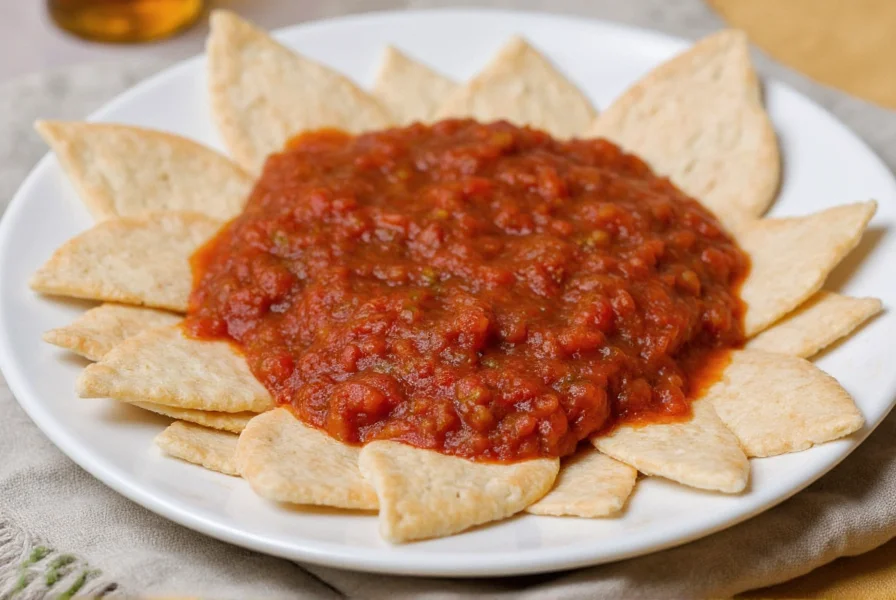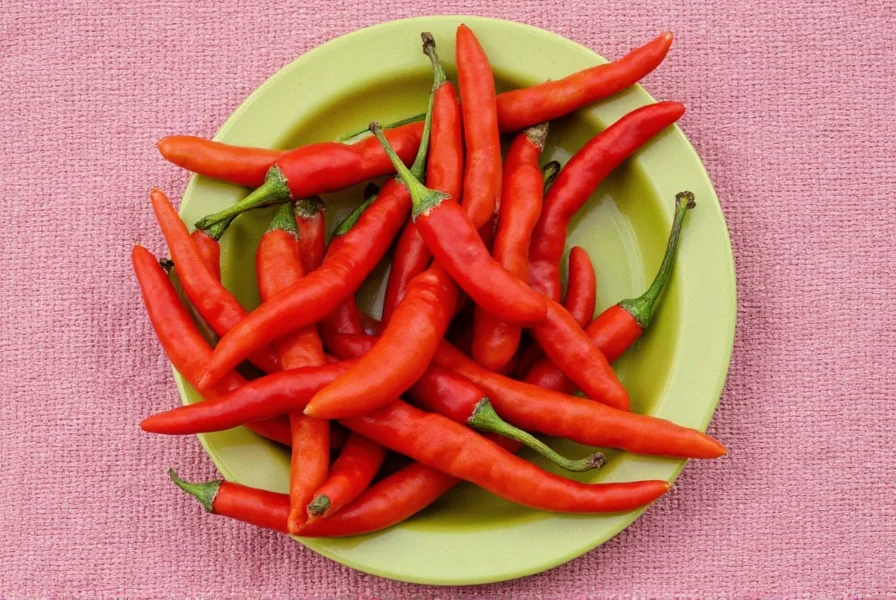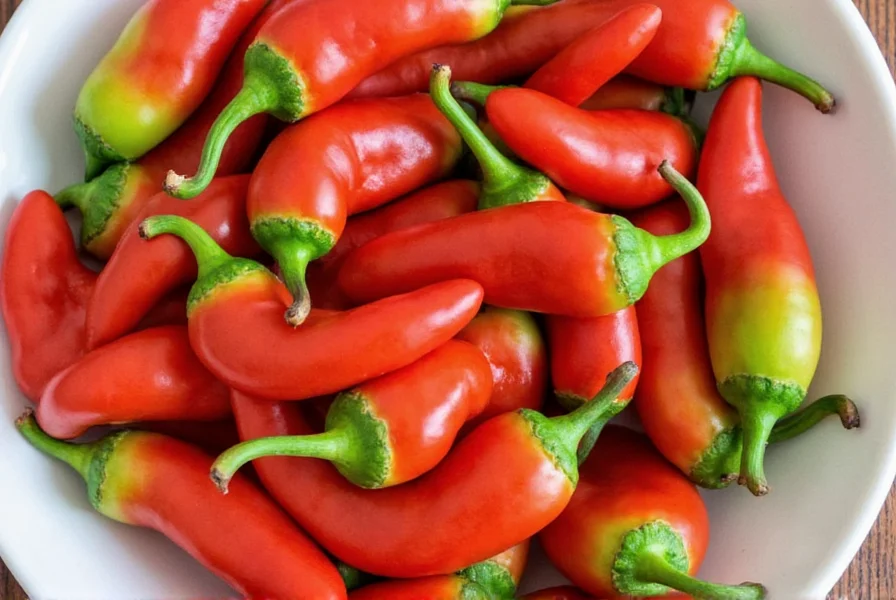Introduction: The Heat Behind Mexico's Flavor Fiesta
Mexican cuisine wouldn’t be the same without its iconic peppers. From the smoky chipotle to the blazing habanero, Mexican food peppers are the backbone of authentic flavor and heat. Whether you’re a home cook or a professional chef, understanding which pepper to use—and how—can transform your dishes from ordinary to extraordinary.
Why Mexican Peppers Are a Big Deal
Mexico’s culinary heritage is rich with regional variations, each highlighting different types of peppers. These aren’t just for spice—they bring depth, aroma, and even color to the table. Let’s explore why these peppers are so special:
- Cultural Significance: Used in traditional dishes like mole, tacos, and salsas.
- Versatility: Can be dried, smoked, roasted, or used fresh.
- Flavor Spectrum: From mild to mouth-scorching, there’s a pepper for every palate.
Pepper Primer: Understanding Scoville Units and Flavor Profiles
Before we dive into individual peppers, it helps to understand how they’re rated. The Scoville scale measures the heat level in SHU (Scoville Heat Units). But don't forget—spice isn't everything! Many peppers also contribute unique flavors like sweetness, smoke, earthiness, or fruitiness.
| Pepper Name | Heat Level (SHU) | Flavor Profile |
|---|---|---|
| Jalapeño | 2,500–8,000 | Grassy, bright, slightly peppery |
| Poblano | 1,000–2,000 | Earthy, mildly bitter when raw |
| Guajillo | 2,500–5,000 | Berry-like, tangy, smoky |
| Chipotle | 5,000–10,000 | Smoky, earthy, moderately hot |
| Habanero | 100,000–350,000 | Tropical fruit notes, citrusy |

10 Must-Know Mexican Food Peppers You Should Try
Whether you're looking to spice up your salsa or create a complex sauce, here are ten essential peppers that every fan of Mexican cuisine should know.
1. Jalapeño
Best For: Salsas, nachos, jalapeño poppers
- Flavor: Bright, grassy, mildly spicy
- Use Raw or Roasted: Both add different textures and intensities
- Pro Tip: Remove seeds to reduce heat while keeping flavor.
2. Poblano
Best For: Chiles rellenos, moles, soups
- Flavor: Earthy with a hint of bitterness
- Dried Form: Known as ancho chile, used widely in sauces
- Pro Tip: Roast and peel for smoother texture.
3. Guajillo
Best For: Salsas, marinades, adobo sauces
- Flavor: Berry-like, tangy, slightly smoky
- Texture: Thin skin, easily blended
- Pro Tip: Soak in hot water before blending to soften.
4. Chipotle
Best For: Smoky sauces, marinades, stews
- Flavor: Smoked jalapeño, deep and earthy
- Form: Often sold canned in adobo sauce
- Pro Tip: A little goes a long way!
5. Habanero
Best For: Hot sauces, tropical-style salsas
- Flavor: Tropical, fruity, extremely spicy
- Color: Commonly orange or red, but also yellow and white
- Pro Tip: Wear gloves when handling!

6. Serrano
Best For: Fresh salsas, pico de gallo, garnishes
- Flavor: Crisp, green bell pepper meets jalapeño
- Heat: More intense than jalapeños
- Pro Tip: Leave the seeds in for extra kick.
7. Ancho (Dried Poblano)
Best For: Mole sauces, braised meats, stews
- Flavor: Deep, sweet, raisin-like undertones
- Usage: Usually soaked and blended into pastes
- Pro Tip: Combine with cinnamon or chocolate for a rich flavor profile.
8. Pasilla (Dried Chilaca)
Best For: Complex sauces, enchiladas, tamales
- Flavor: Fruity, smoky, slightly sweet
- Appearance: Long and wrinkled, almost raisin-like
- Pro Tip: Often confused with poblano—taste can tell the difference.
9. Cascabel
Best For: Nutsy sauces, dips, mole negro
- Flavor: Nutty, woody, toasted notes
- Texture: Small and round, rattles when shaken (hence the name “cascabel” meaning rattle)
- Pro Tip: Toast lightly before grinding to enhance flavor.
10. Chiltepín
Best For: Tabletop condiments, salsas, pickling
- Flavor: Wild, fiery, citrusy
- Origin: Native to northern Mexico and southern U.S.
- Pro Tip: Use sparingly—these pack a punch!
The Art of Drying and Rehydrating Mexican Peppers
Dried peppers are a staple in Mexican kitchens. Here's how to make the most out of them:
- Soaking: Submerge in hot water for 20–30 minutes until soft.
- Toasting: Lightly toast on a comal or skillet to deepen flavor before soaking.
- Blending: Add soaked peppers to a blender with some of the soaking liquid for smooth sauces.
Buying Guide: Choosing the Right Mexican Peppers
Whether you're shopping at a local market or ordering online, here's what to look for:
Fresh vs. Dried vs. Canned
- Fresh Peppers: Best for salsas, grilling, and quick cooking. Look for firm, shiny skins with no soft spots.
- Dried Peppers: Ideal for sauces, stews, and moles. Choose ones with vibrant color and pliable texture.
- Canned Peppers (e.g., Chipotles): Convenient and flavorful. Opt for those packed in adobo sauce for extra taste.
Where to Buy Mexican Peppers
- Local Latino Markets: Great place for fresh and dried varieties.
- Specialty Spice Stores: Offer rare or organic options.
- Online Retailers: Perfect for hard-to-find peppers or bulk purchases.
Storage Tips
- Fresh: Store in the fridge in a plastic bag for up to two weeks.
- Dried: Keep in an airtight container in a cool, dark place for up to a year.
- Canned: Refrigerate after opening and use within a week, or freeze for later.
Cooking Tips for Using Mexican Peppers
Maximize flavor and minimize pain with these pro tips:
- Wear Gloves: Capsaicin causes irritation; avoid touching eyes after handling peppers.
- Rinse Seeds: For milder heat, rinse off the inner ribs and seeds.
- Balance Heat: Counterbalance spiciness with dairy (like sour cream), acid (lime juice), or sweetness (fruit or sugar).
- Add Gradually: Taste as you go—it’s easier to add heat than to subtract it.
- Roast for Depth: Roasting enhances natural sugars and creates a richer flavor.
Creative Ways to Use Mexican Peppers Beyond Tacos
Don’t limit yourself to classic applications—get creative with these ideas:
- Spicy Beverages: Infuse cocktails or agua fresca with sliced jalapeños or serranos.
- Hot Honey: Infuse honey with dried chili flakes for drizzling over cheese or pizza.
- Pepper Vinegar: Make your own chili-infused vinegar for dressings and marinades.
- Pepper Jam: Combine chopped roasted peppers with sugar and lime for a bold condiment.
- Spiced Chocolate: Blend ancho or pasilla powder into cocoa or dark chocolate for desserts.
Conclusion: Spice Up Your Kitchen with Mexican Peppers
Mexican food peppers offer more than just heat—they bring character, complexity, and culture to your meals. From the familiar jalapeño to the fire-breathing habanero, each variety has something unique to offer. Whether you're simmering a slow-cooked mole or tossing together a quick salsa, knowing your peppers is the key to unlocking incredible flavor.
So next time you reach for that bottle of Tabasco or jar of diced jalapeños, consider branching out. Experiment with guajillo, chipotle, or even cascabel. Your taste buds will thank you—and your kitchen will feel a little more like Oaxaca, Puebla, or the Yucatán Peninsula.
Stay spicy, amigos!











 浙公网安备
33010002000092号
浙公网安备
33010002000092号 浙B2-20120091-4
浙B2-20120091-4